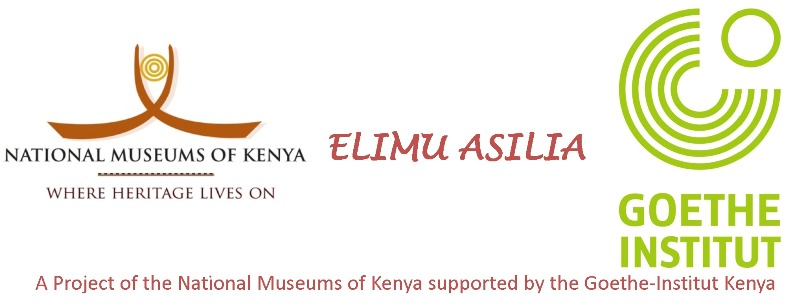 |
| Traditional Taita Hut |
The Dawidha people are a Bantu tribe living in the Tiara
hills and the lower plains of the Taita hills; on the Southwest of Kenya near
the border with Tanzania and the surrounding plains.
The Taita tribe consists of following three related
tribes
·
Wadawida ( Taita)
·
Wasaghalla(sagalla)
·
Wataveta (
Taveta)
·
One of the unique aspects of the Taita is the respect
accorded to the dead. The Taita believed in the power inherent in objects, the
power of the dead (wafu) and in the existence of a high God Mlungu.
It is believed that when death (kifwa), to die
occurred, there would be customs connected with death. Certain customs were
performed accordingly. Such rites were procedures approaching death and
ceremonial afterwards.
In the process of death, people breathing their last
breath were supported in a sting position till their bodies relaxed. The corpse
(garia) would then be laid down; eyelids properly closed for fear of evil eye
and then put on a bed. The womenfolk would then begin to wail, men were
expected to exercise self-restraint till later.
The body was washed and hair shaved by old women past
child bearing age in the village. Formerly, the corpse was always placed in the
grave (kina) in an upright position. The head was covered about one
foot to the earth, stones marked its position so as to enable the descendants to exhume the skulls after about a year and
take it to the local shrine.
This style of burial is hardly practiced and skulls
are seldom exhumed. When medicine men died, wailing was not allowed, until
after a sheep had been sacrificed. If death was caused by a certain epidemic,
the mourners were first cleansed by medicine men before mourning.
Members of the community regarded as important and famous
were accorded special burial ceremonies. The body would be buried in a hut or
in a special burial place (Vinenyi) usually in the grooves near
the settlement. After the burial, close relatives of the deceased were
ceremonially washed at the doorway of the hut. The men then harvested a lot of
sugarcane to make a brew known as Lambo for the following day. On the
first day after burial, a goat was slaughtered and the contents of the stomach
put aside for sacrificial purposes. Later, it was roasted in the doorway using
grass from above the door and beams from the left side of the house to make
fire. The meat was eaten with porridge. The first seven mouthfuls were spewed
on the ground. Chief mourners were shaved and wailing continued for four days, after
which friend would return to their homes. Close relatives would continue for a further
three days. On the seventh day, women would go to fetch firewood, and men went
to the plains to hunt and shoot game meat as a break and then come back to
mourn until a complete lunar month had passed.
Closing the period of mourning was known as kuchumbua
maridia. This event was marked by scattering the contents of the
sacrificial goat over crops. On the very last day, friends returned to take
part in the last night of wailing, shaving themselves again. The women oiling
themselves on the doorway of the hut. Those who had helped dig the grave were
paid by slaughtering a cow for the occasion. If the deceased had been widowed
(lost a husband or wife) to death before, the hut would be sold for a goat or
sheep and then dismantled and the poles and the thatching used elsewhere by the
purchaser. Otherwise, the husband or wife would continue to occupy it.
Story Contributed by Brian Nyamu
Presented by Malindi Museum Librarians.
Rose Mwandotto & Doris Kamuye

No comments:
Post a Comment